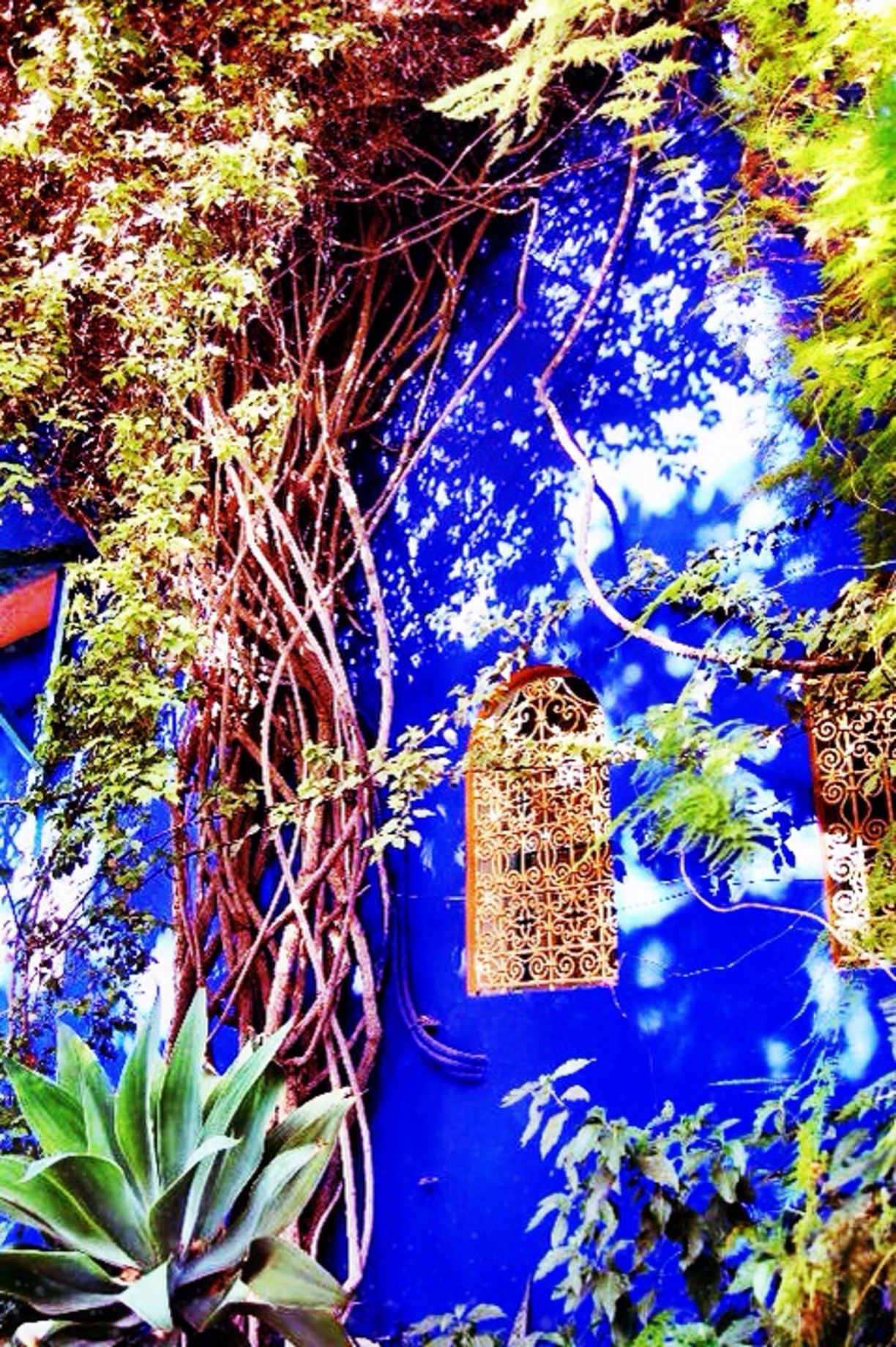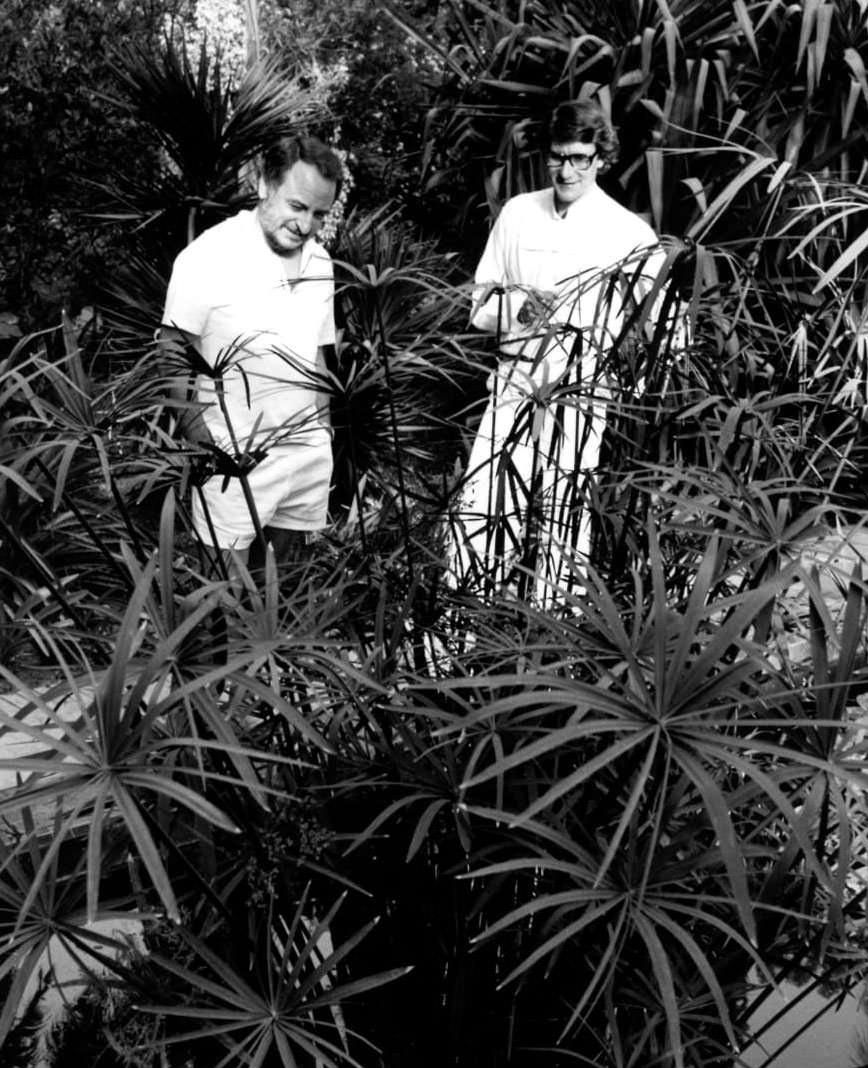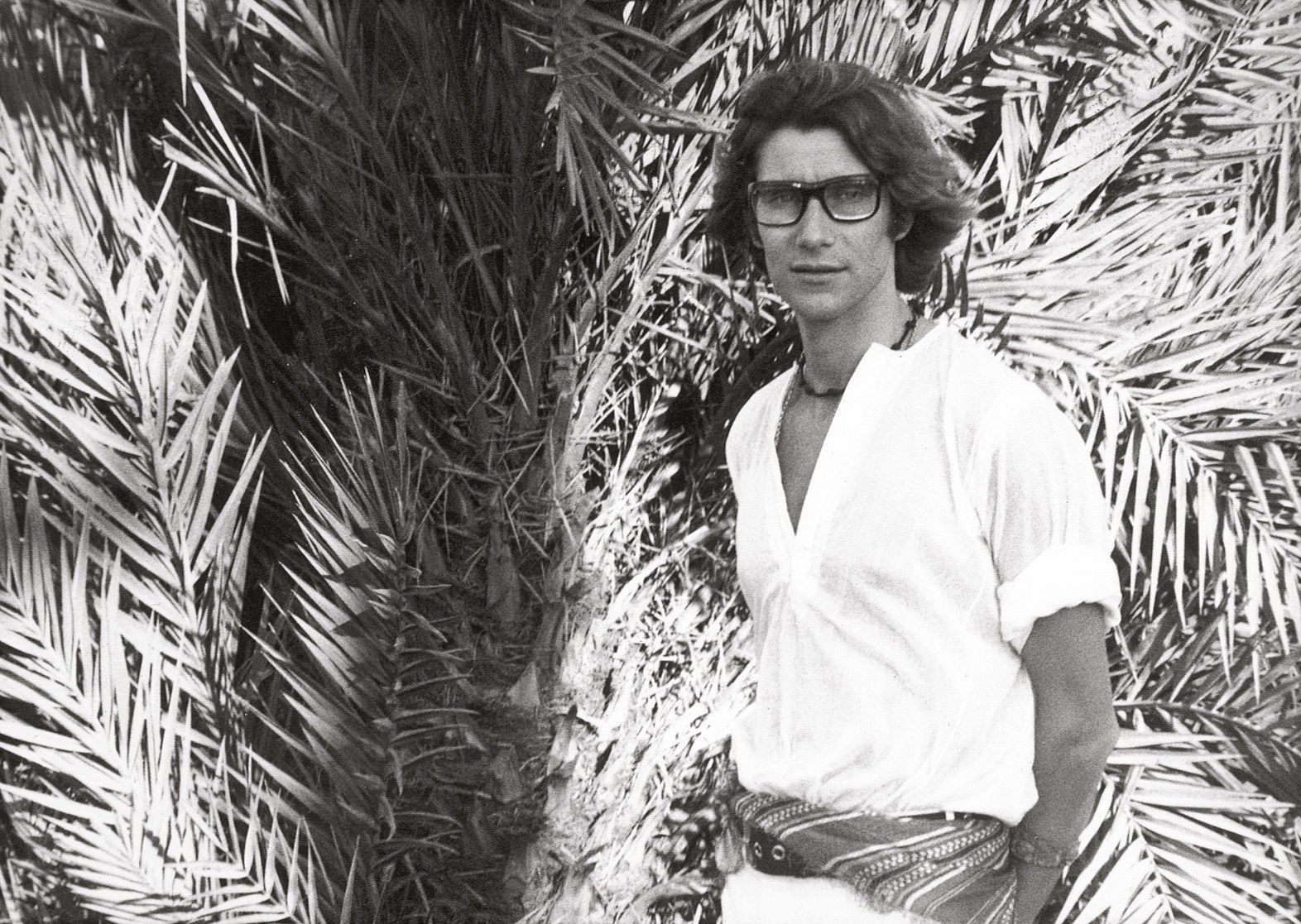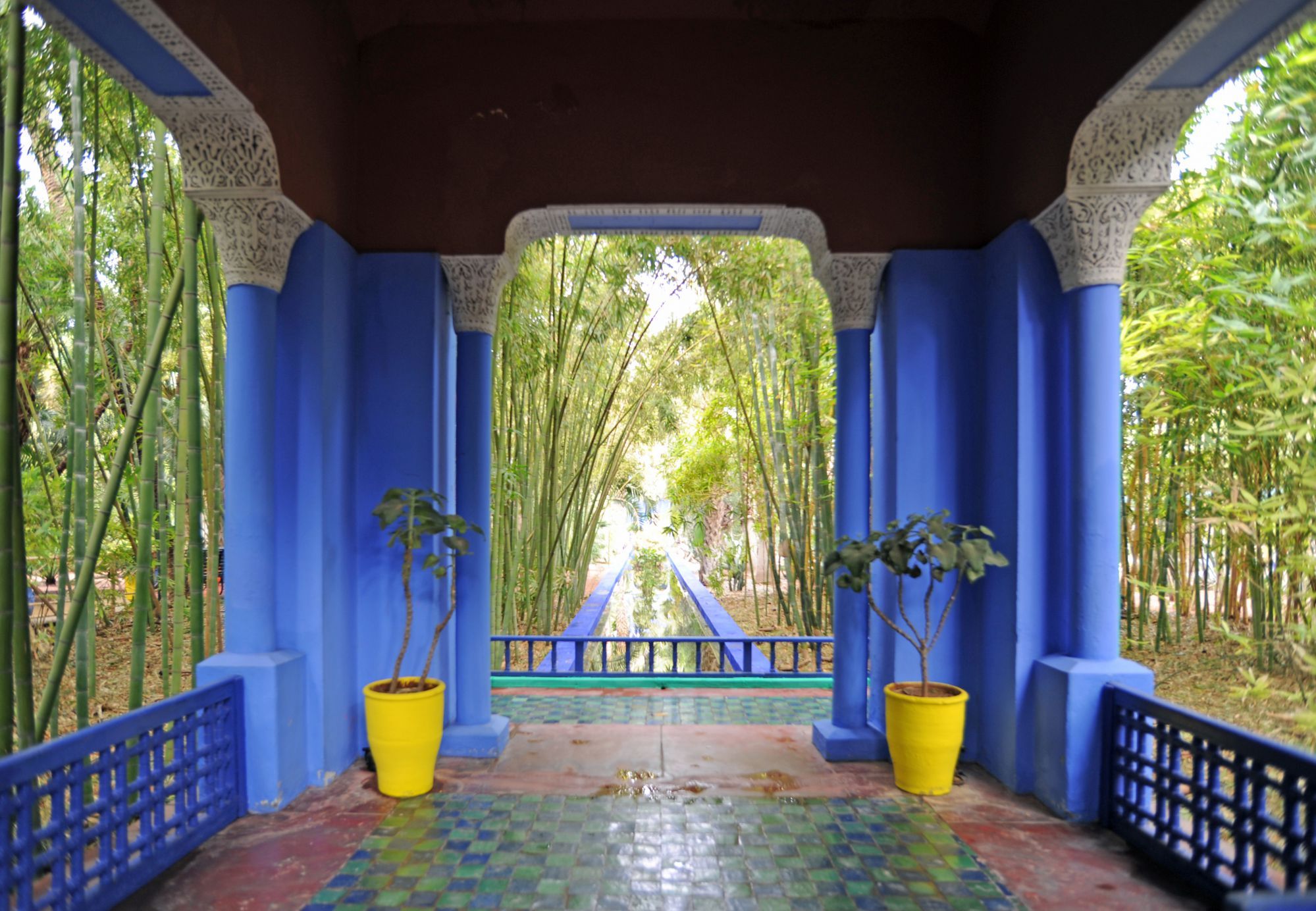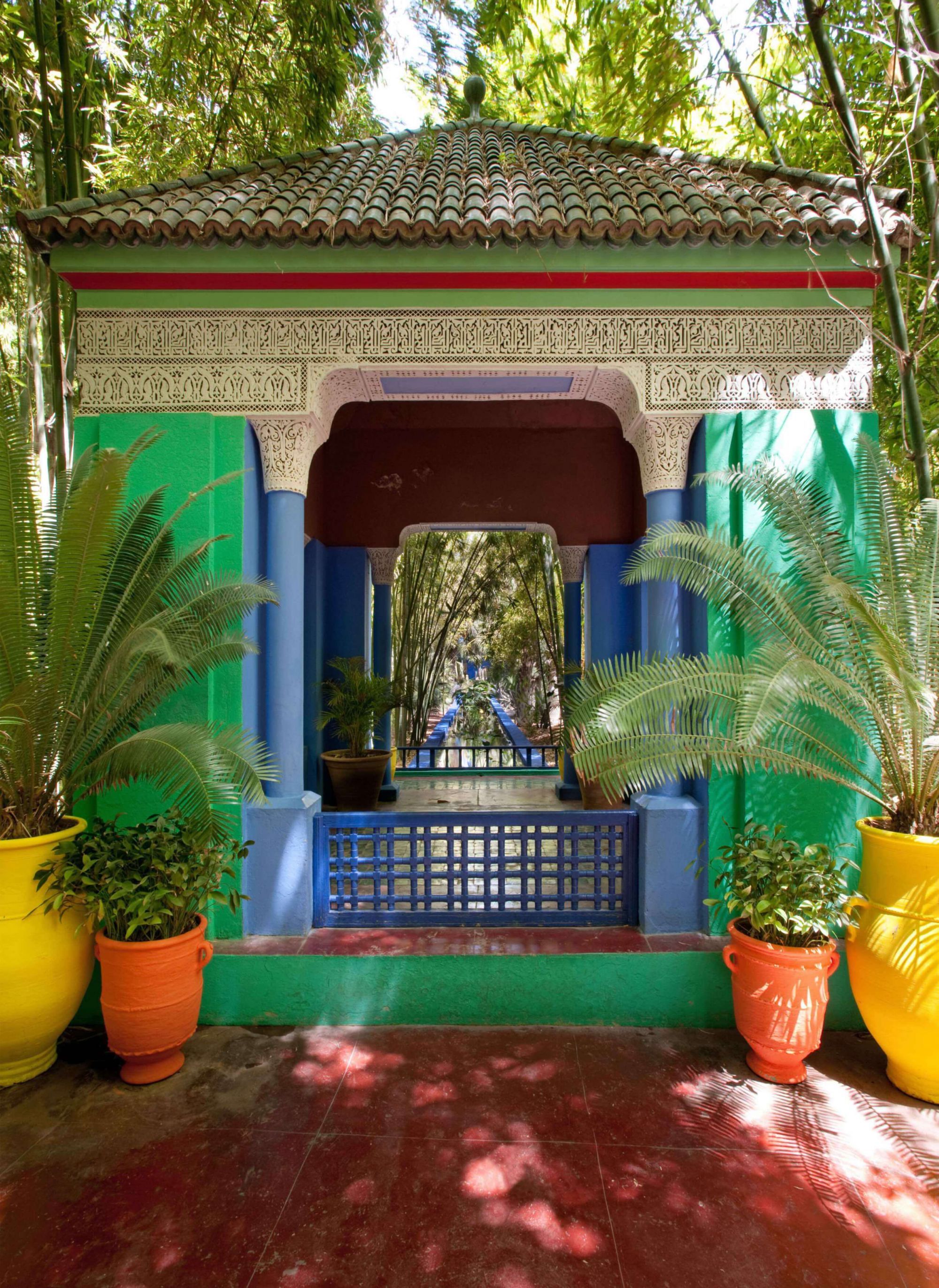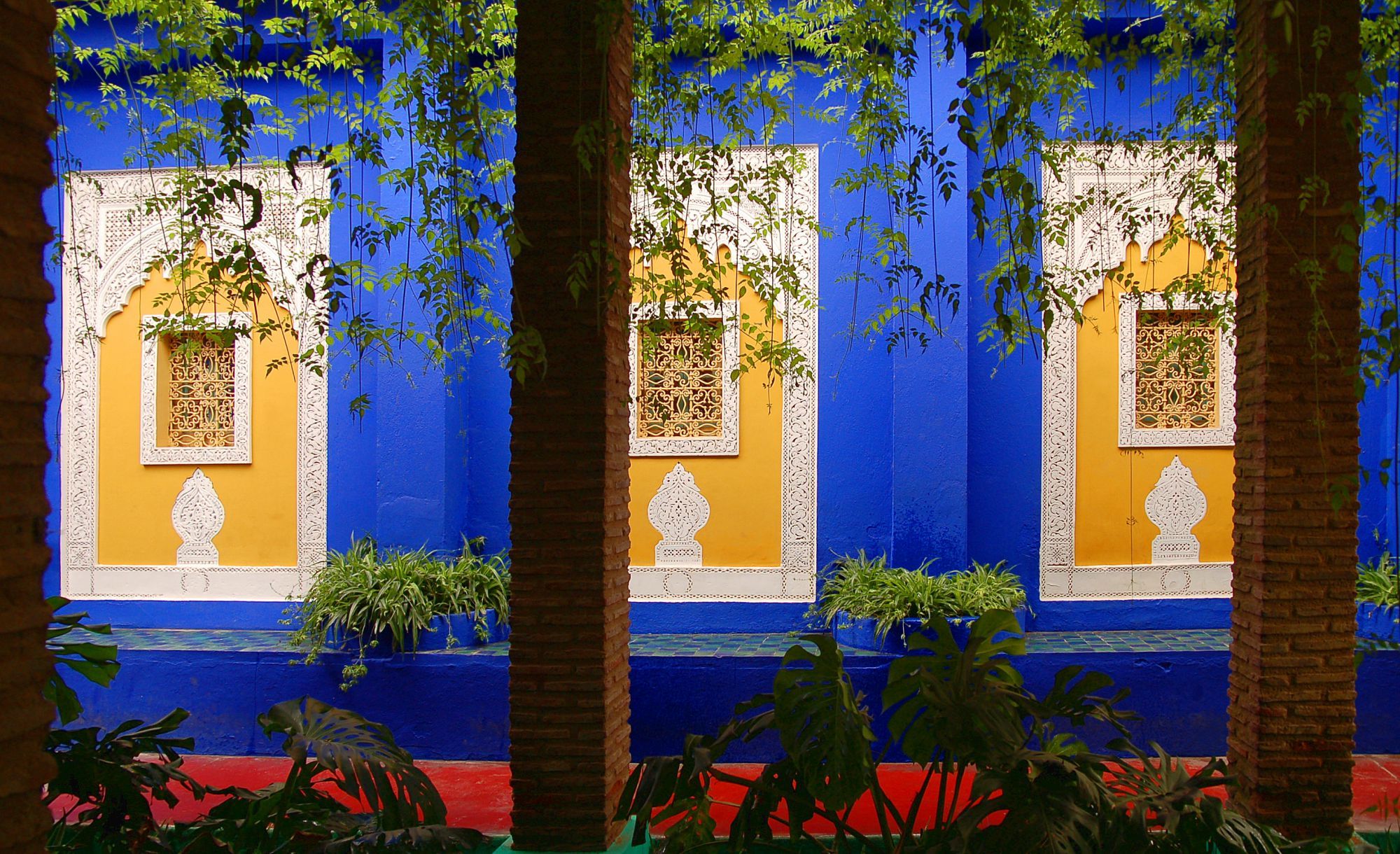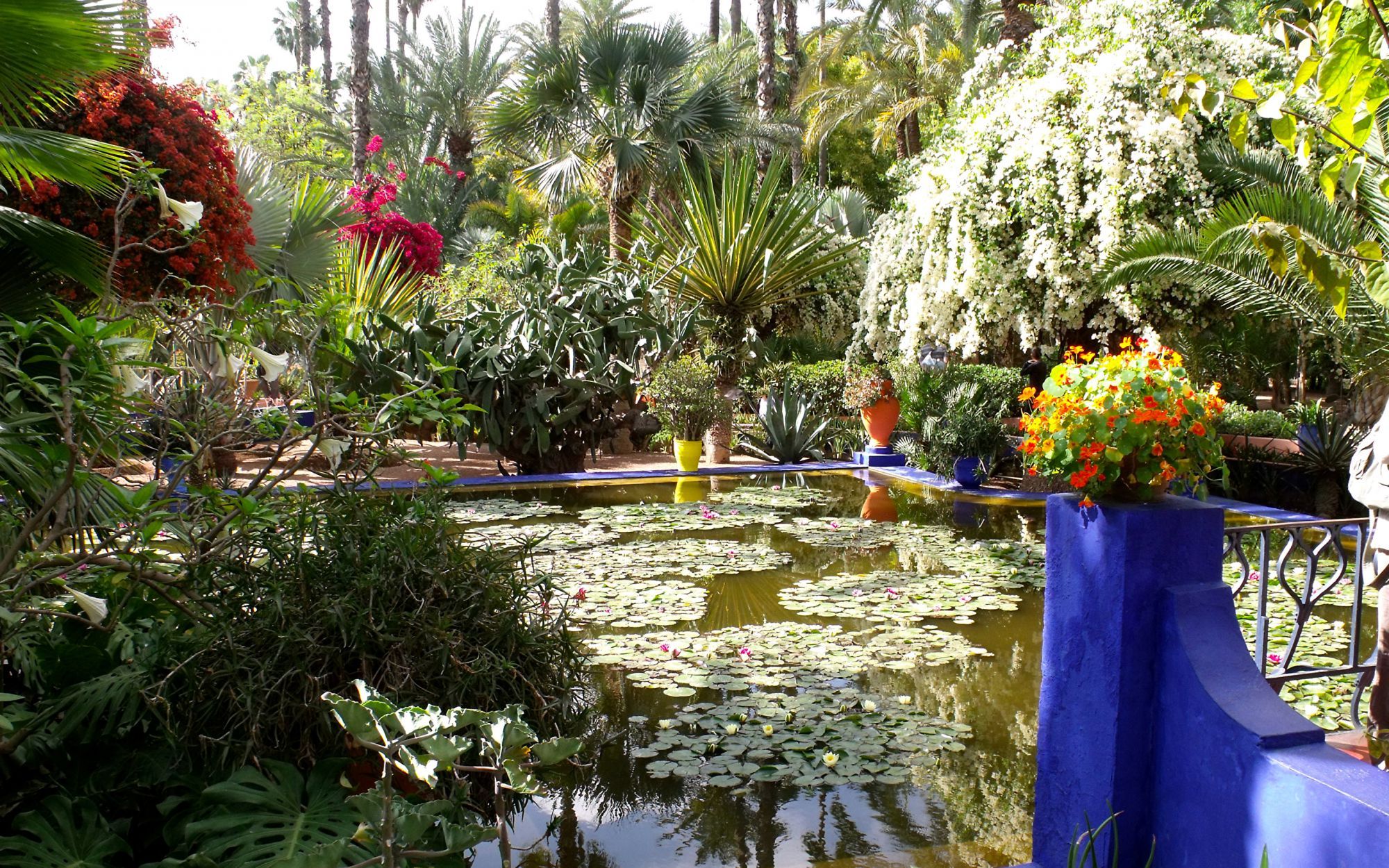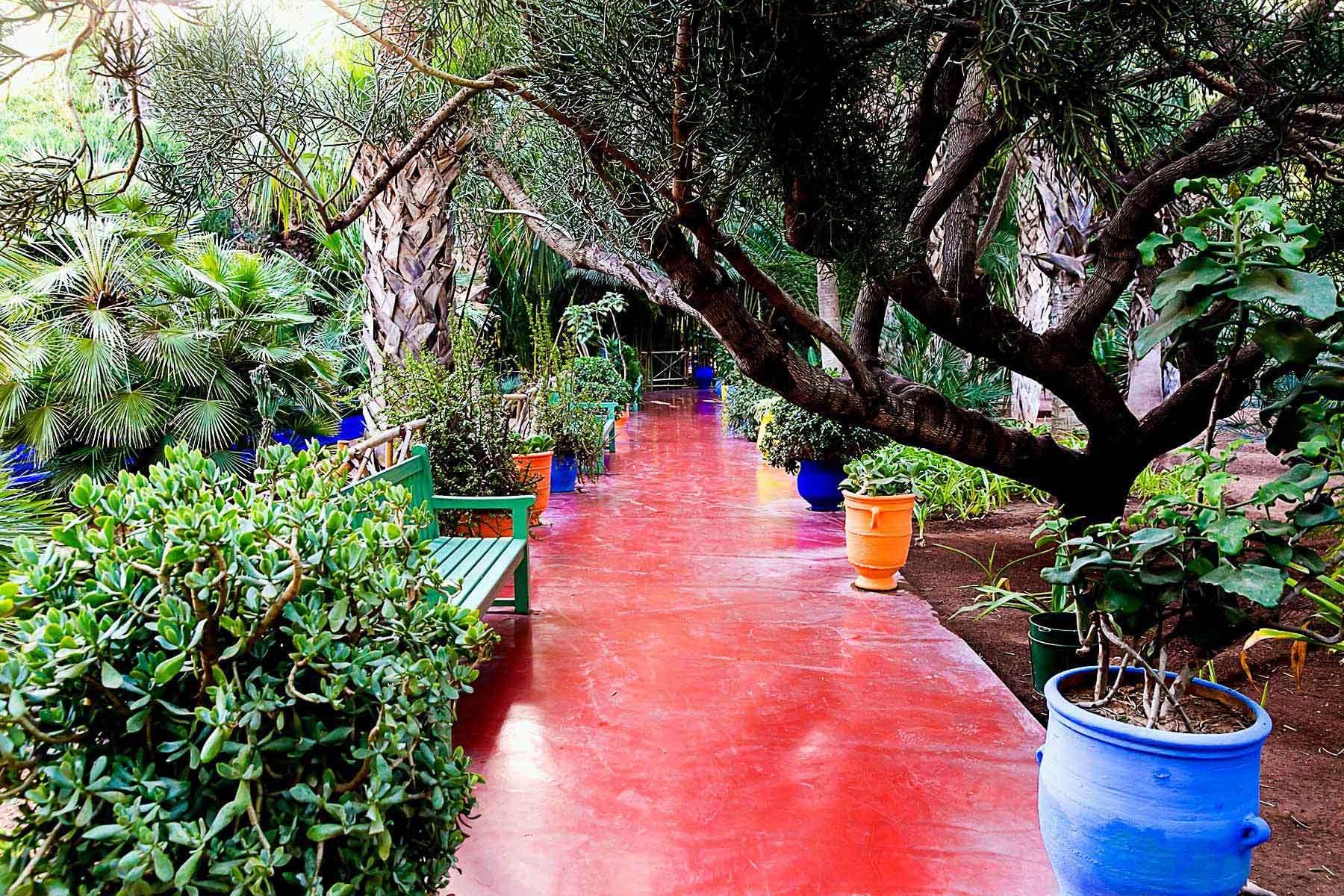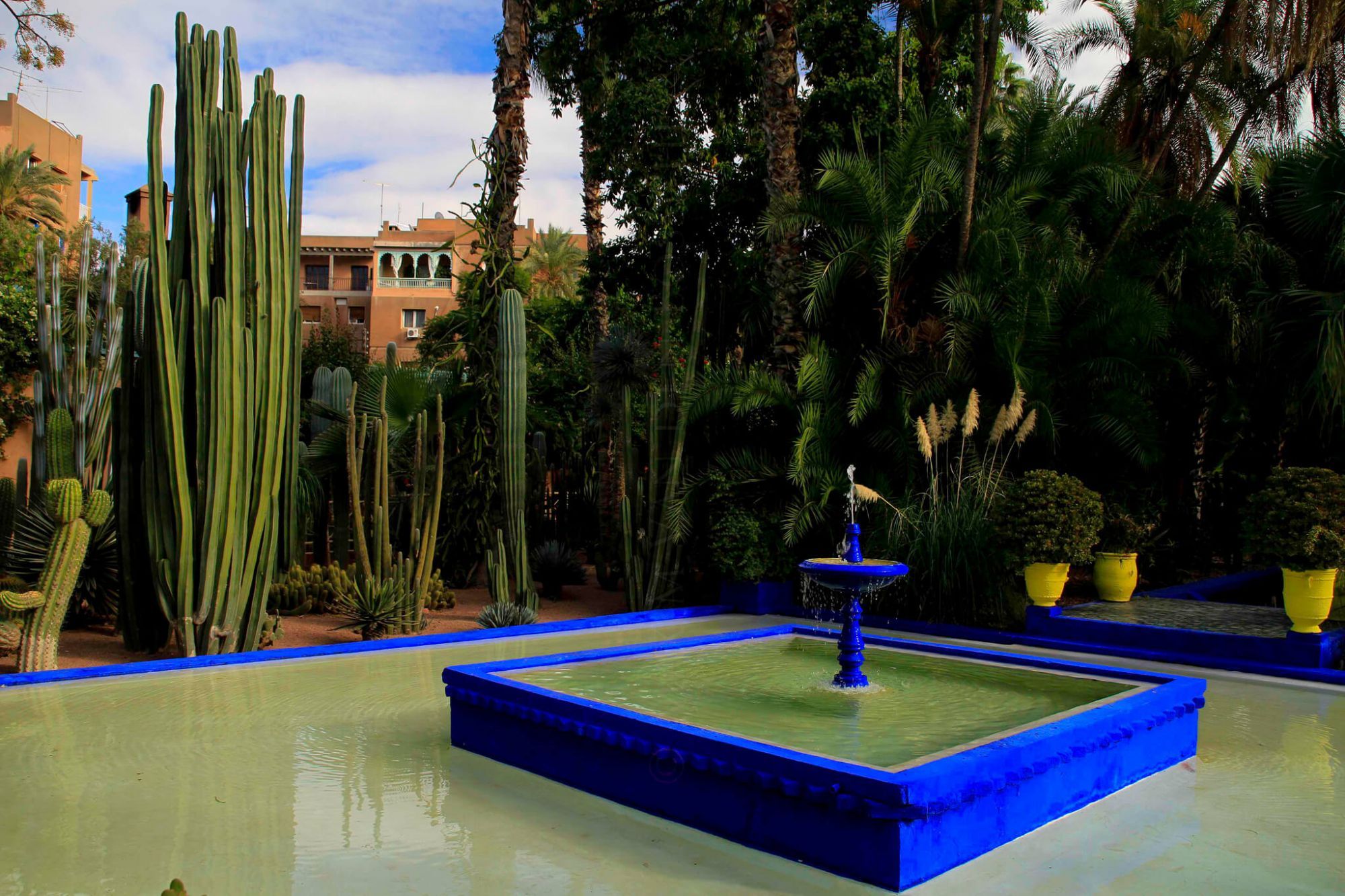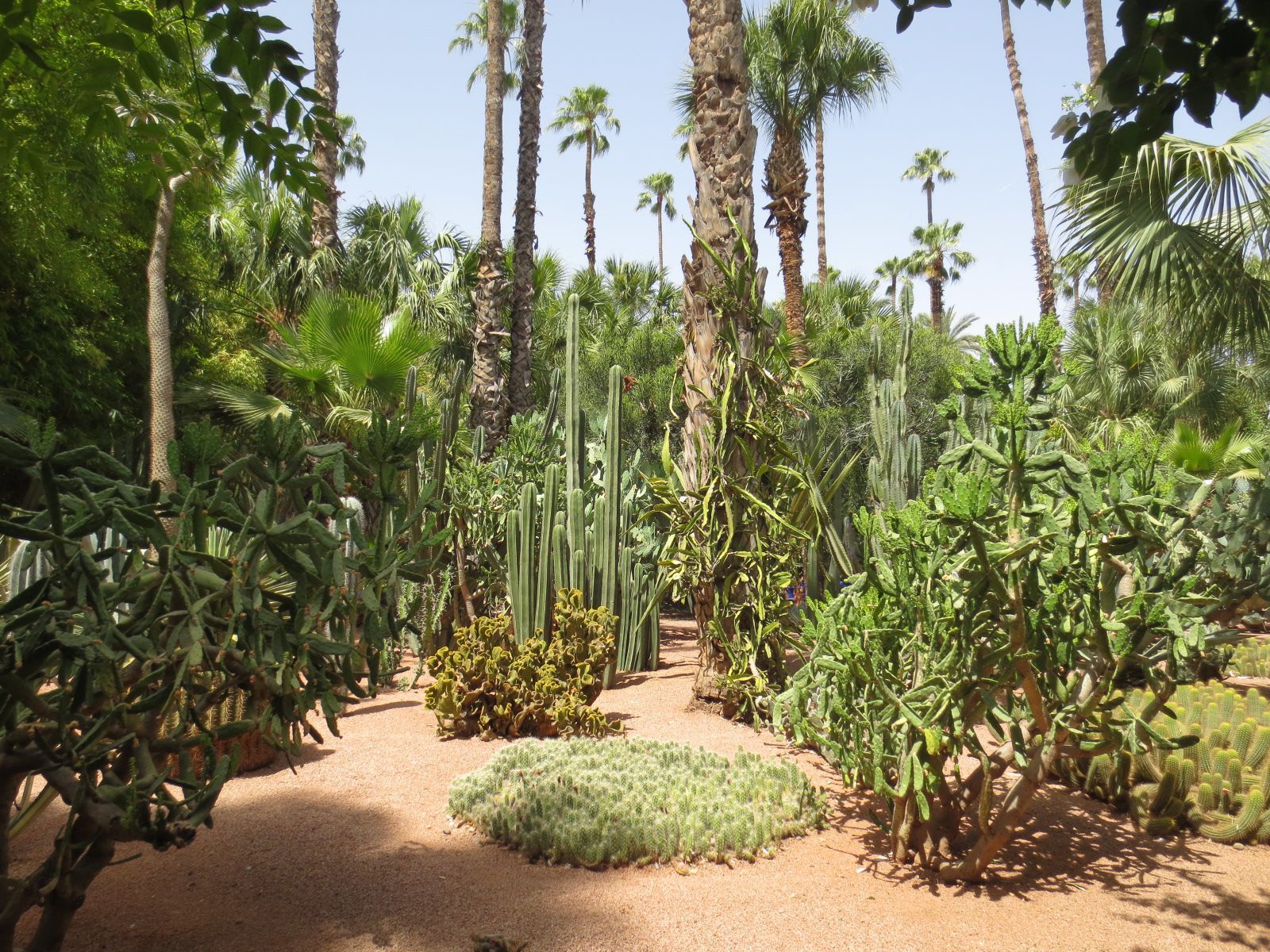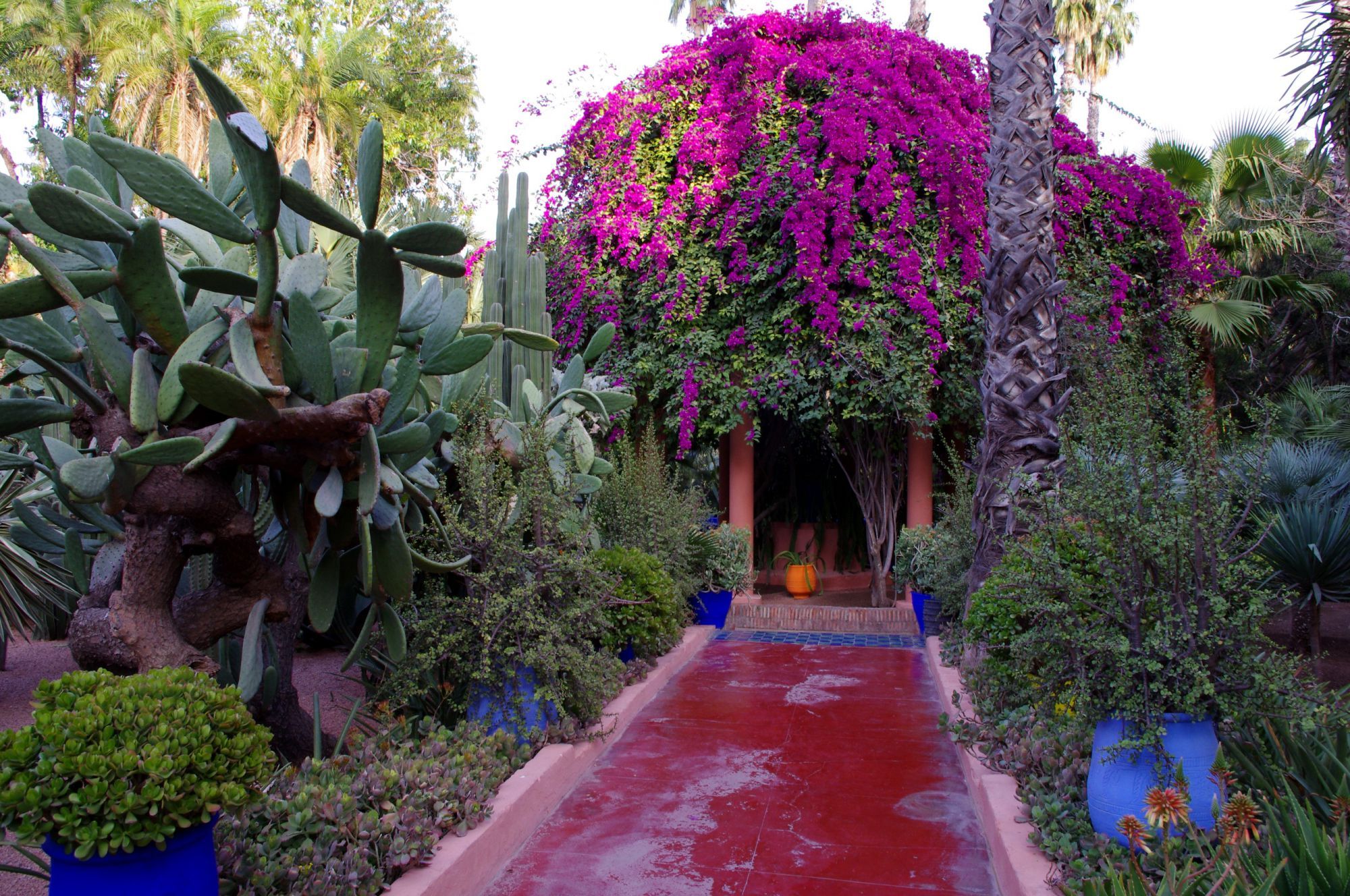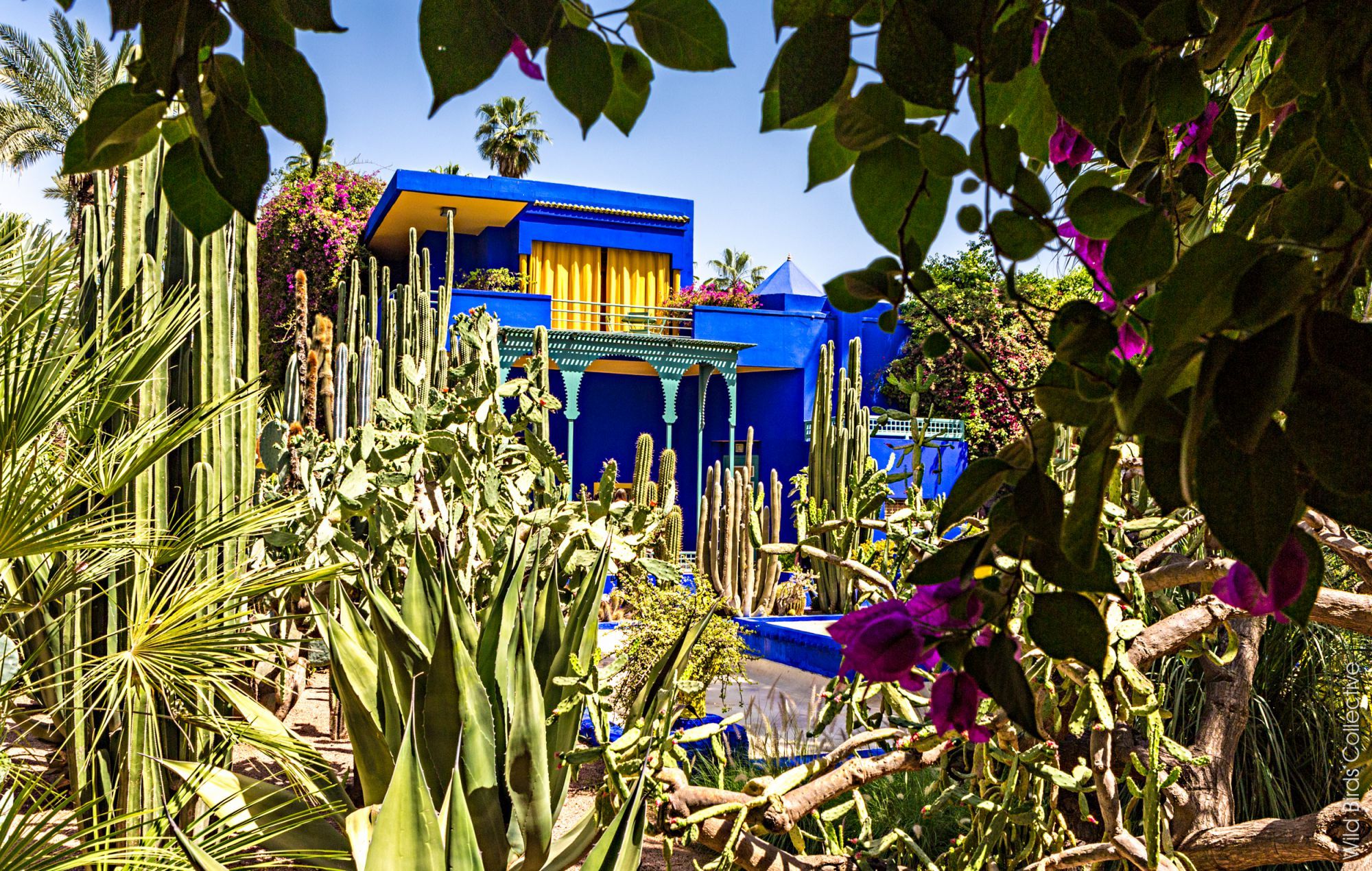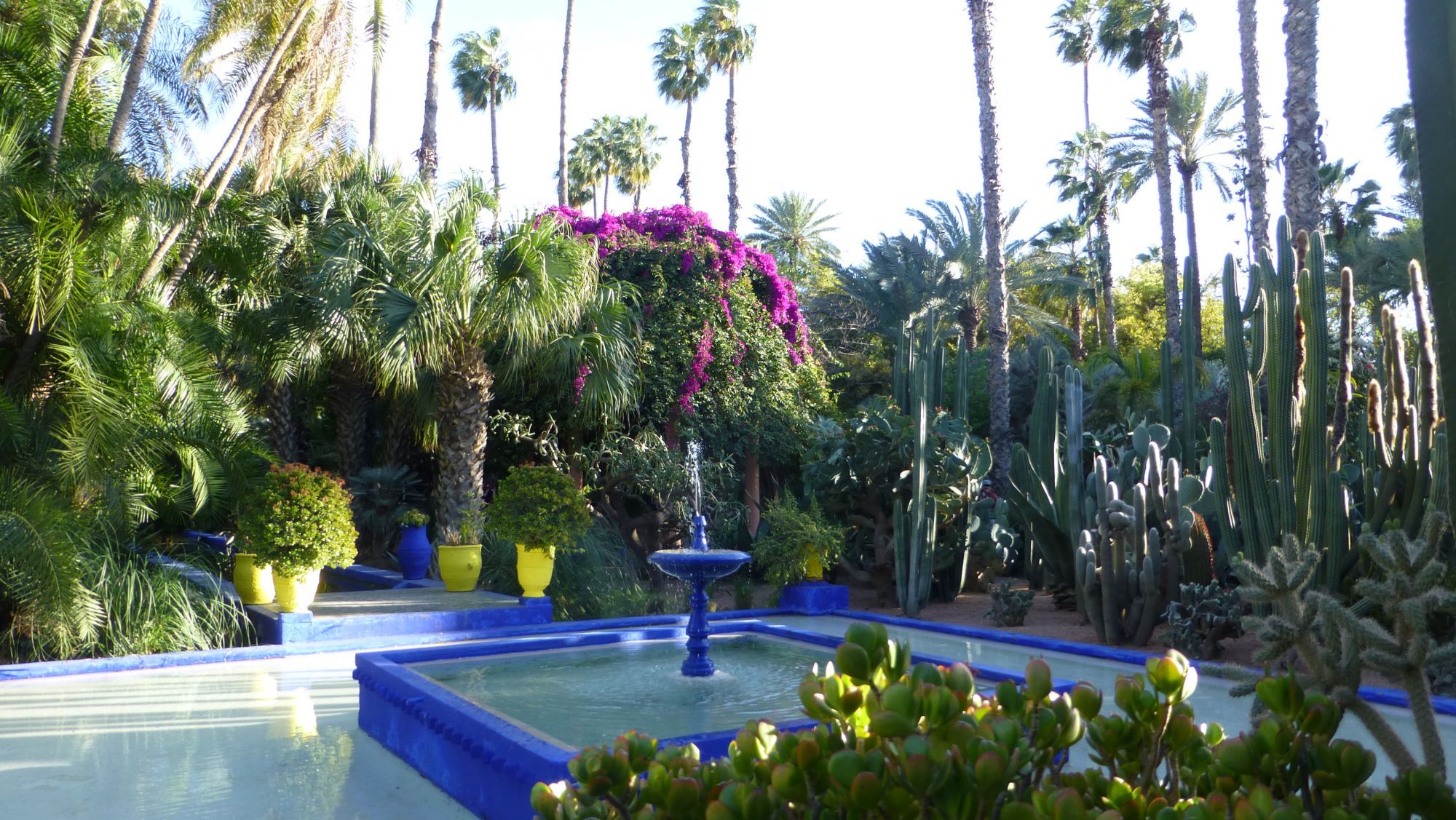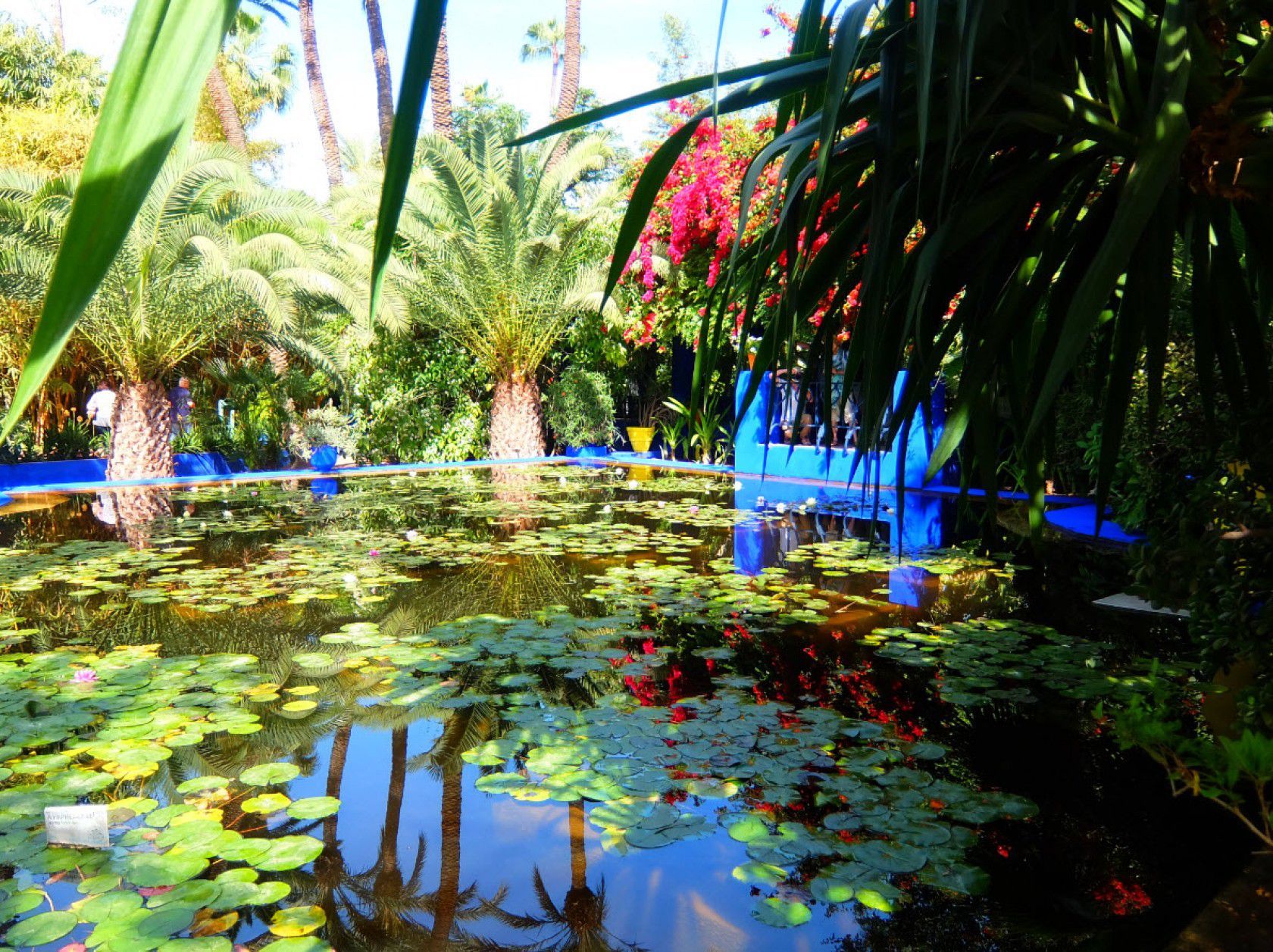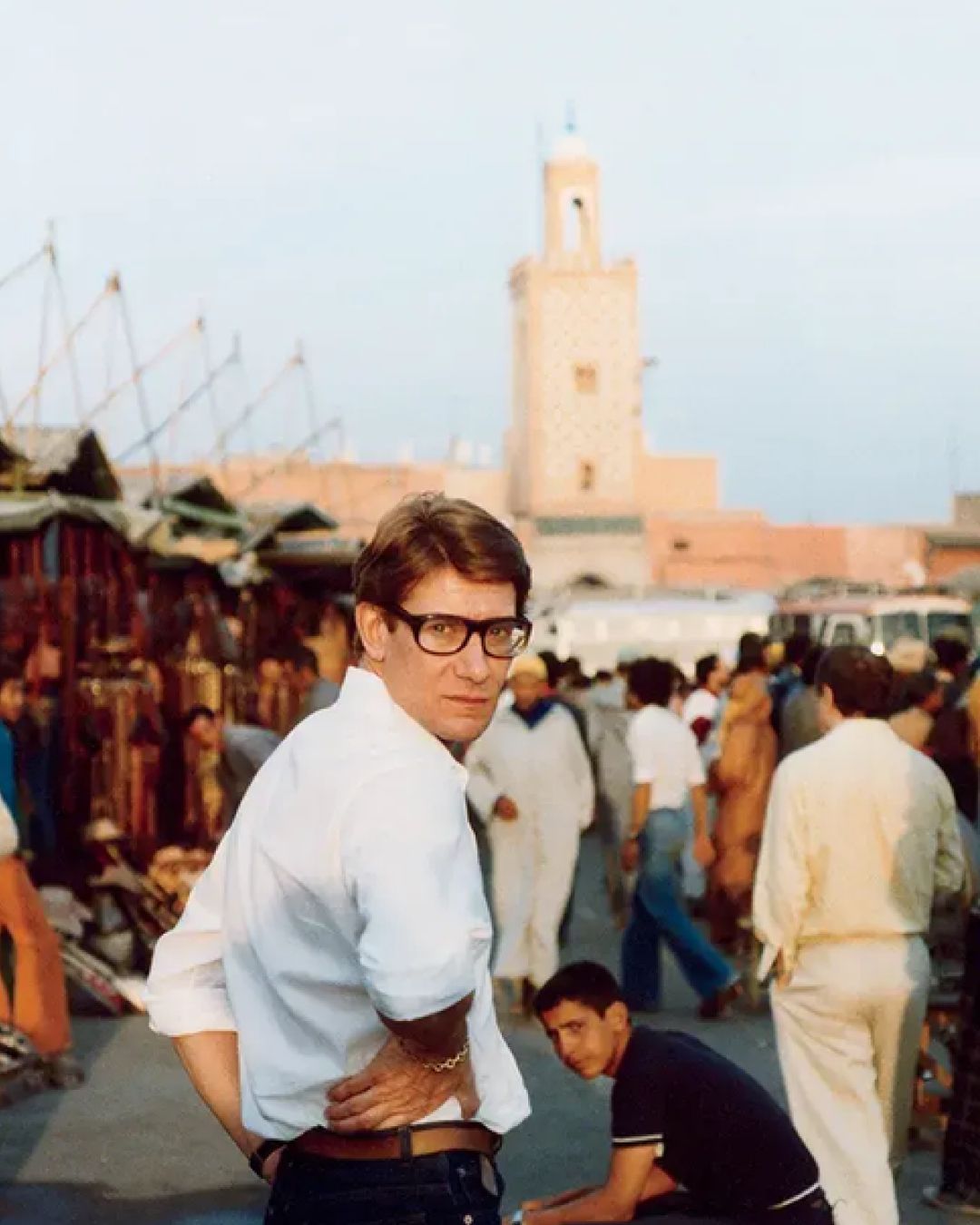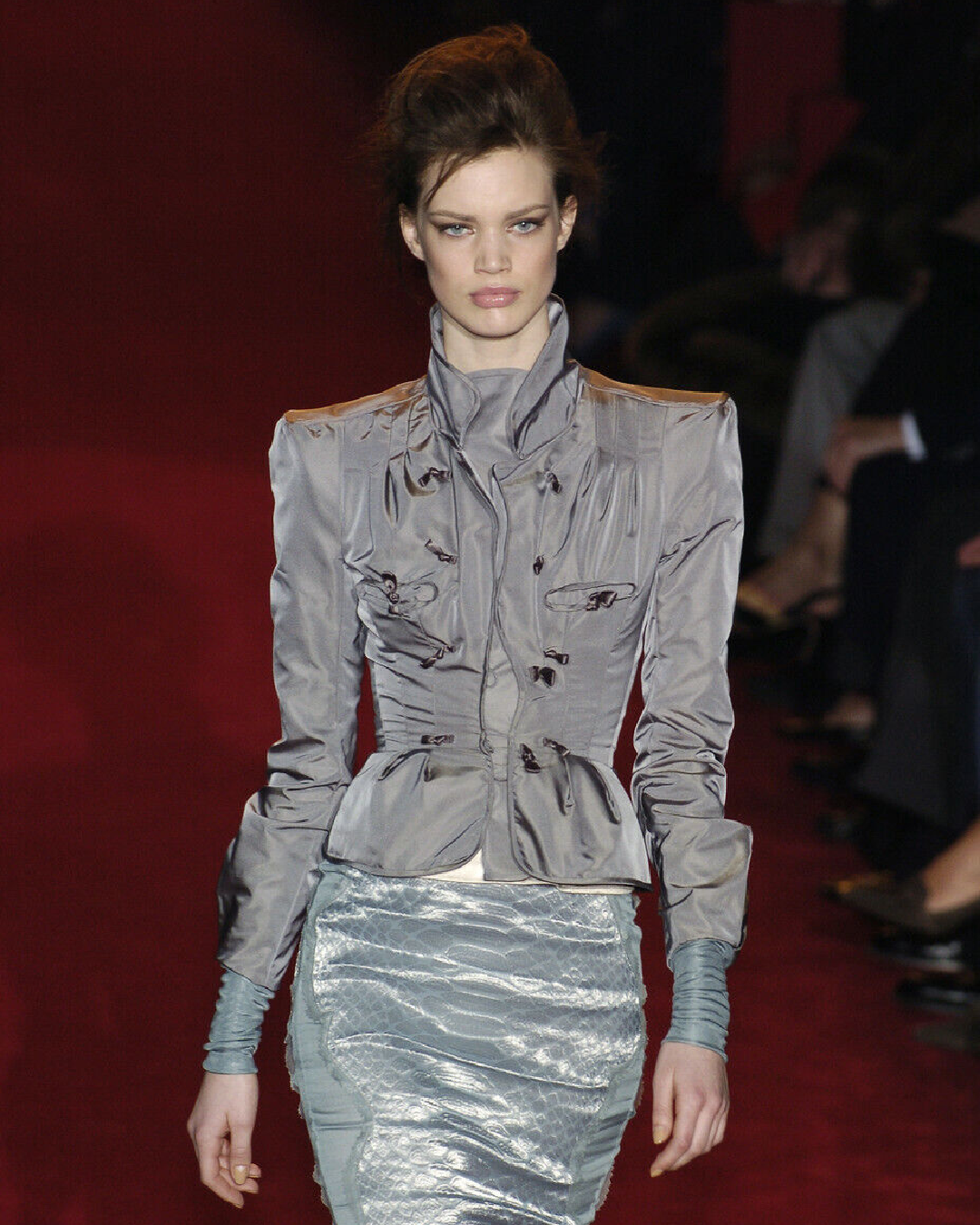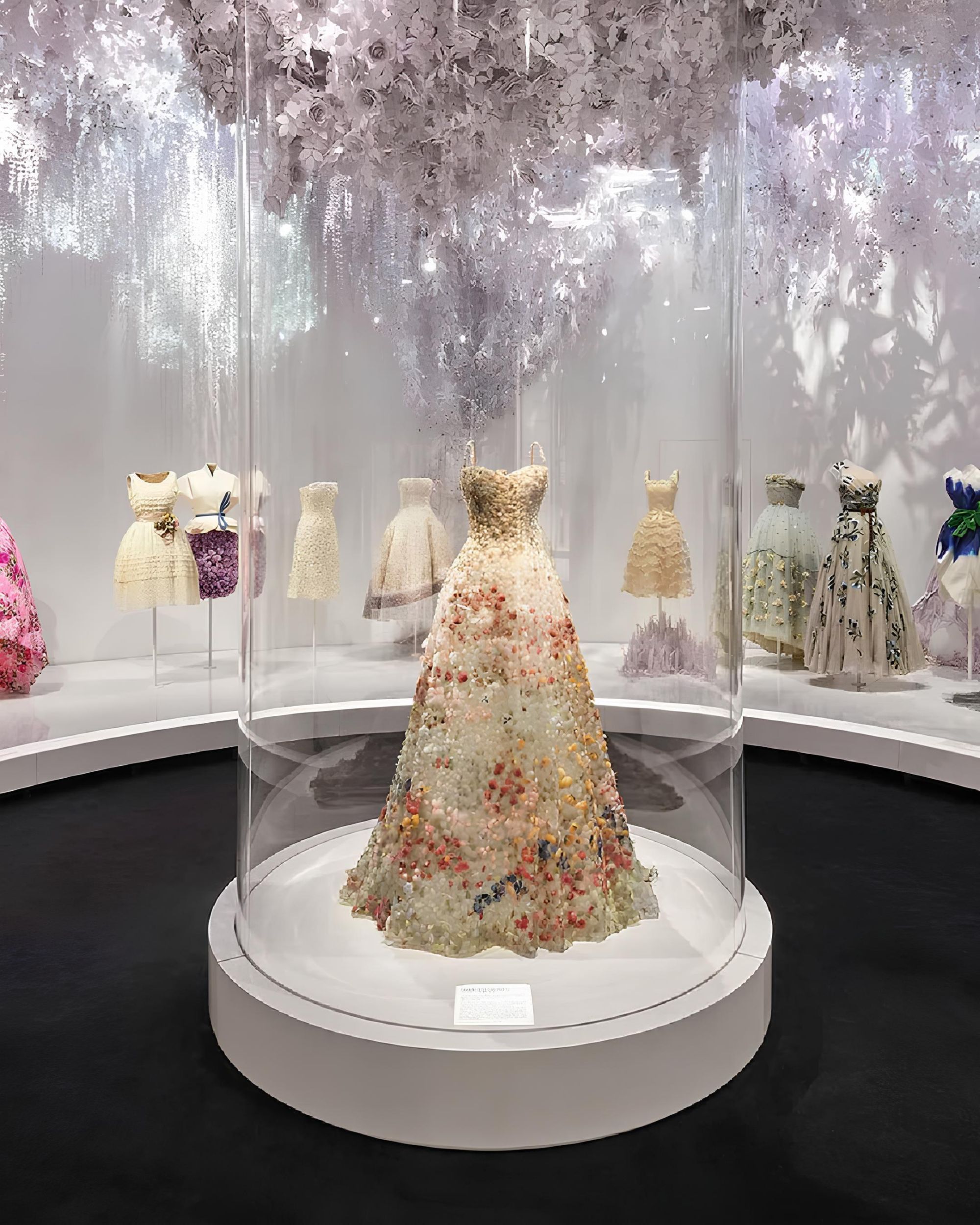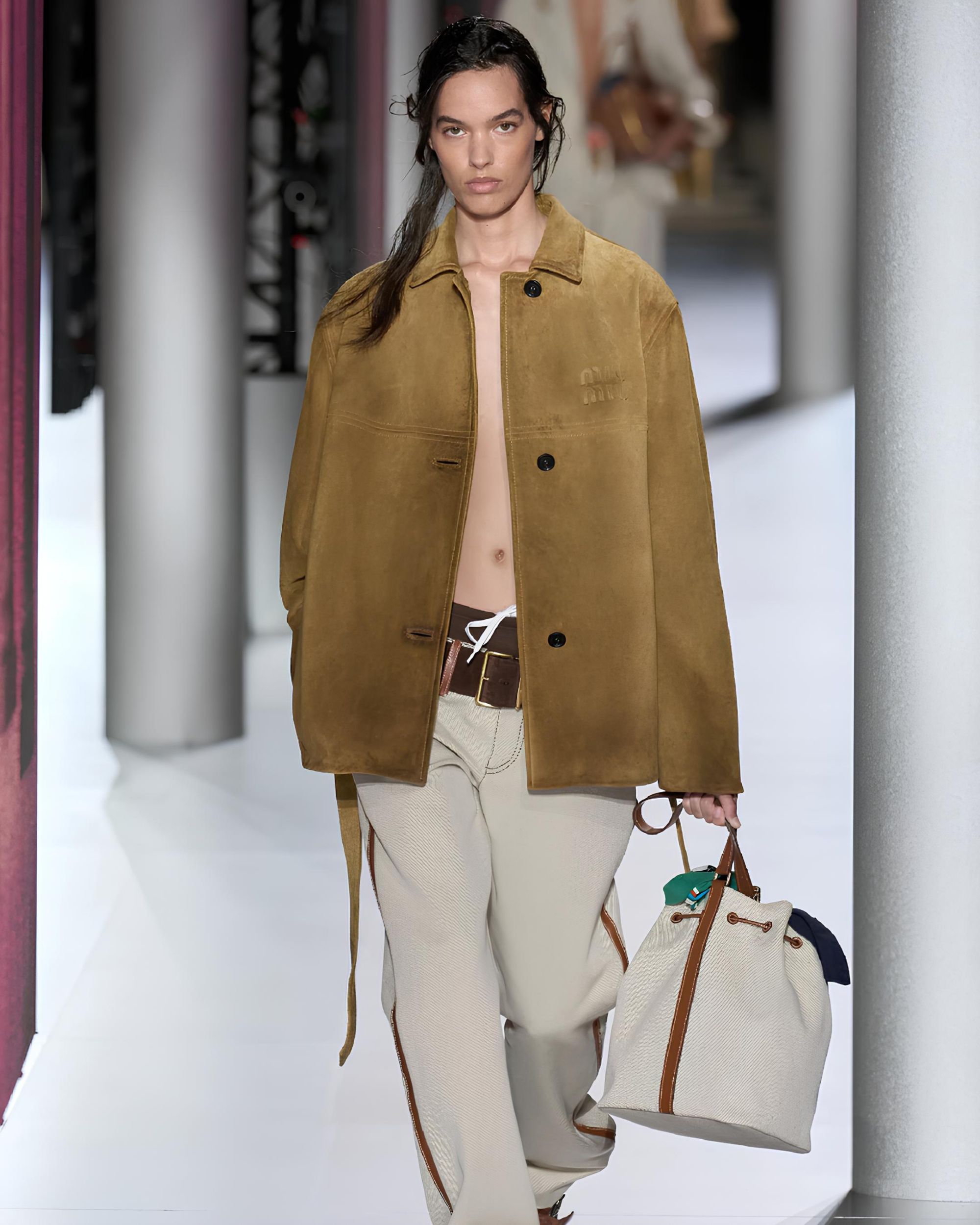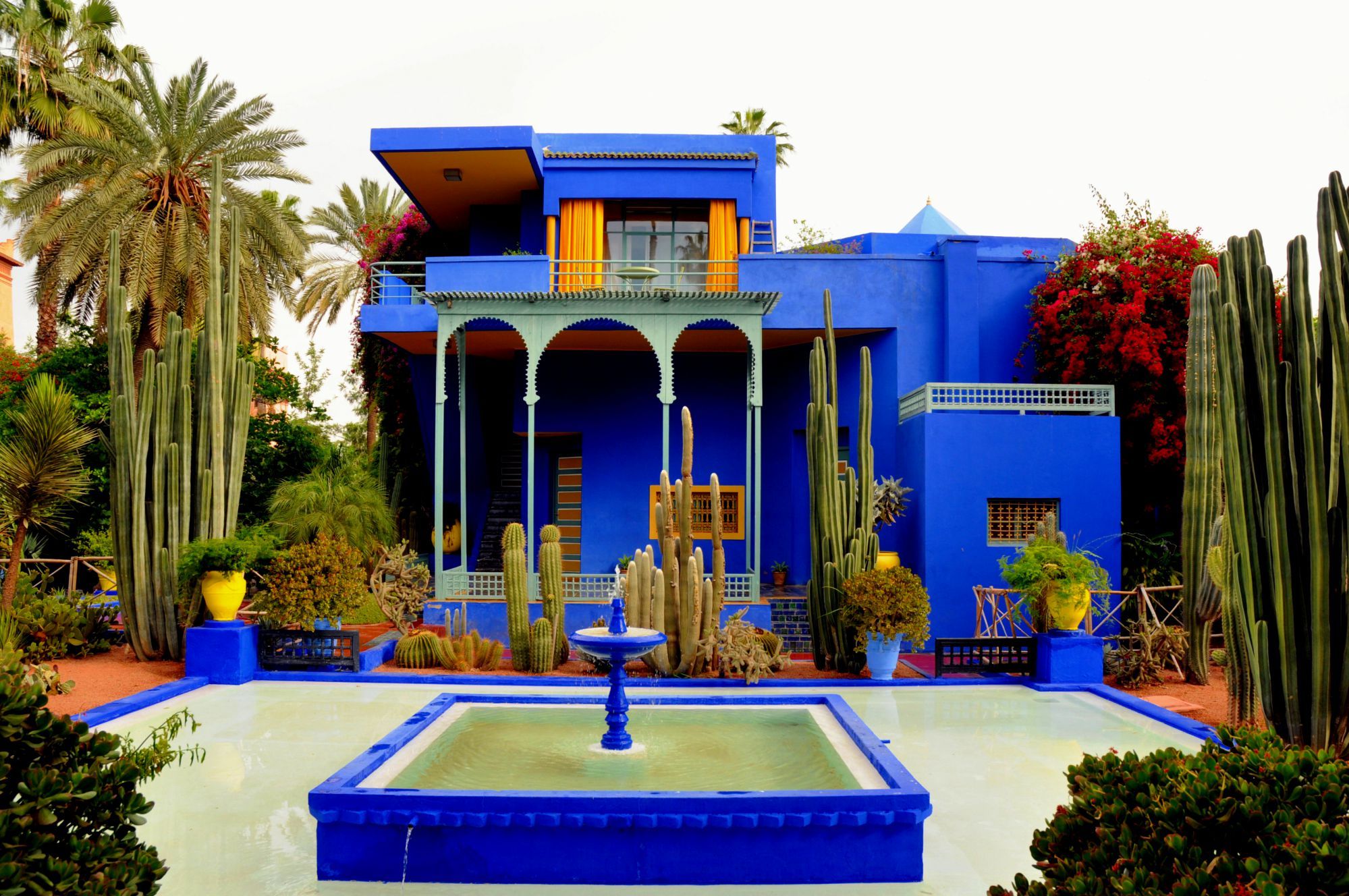
Sunday Escape - Jardin Majorelle Discovering the Eden of Marrakech
This week, Sunday Escape takes you to Morocco to discover the Majorelle Gardens, one of the most beautiful places in the world, which over the years has become a source of inspiration for Yves Saint Laurent.
About.
The eden of Marrakech.
A painting of living and moving Matisse.
An oasis of peace.
These are just some of the nicknames with which this impressionist garden is called, where exotic plants and rare species climb around fountains, ponds, ceramic vases and Majorelle blue walls.
Created by the artist Jacques Majorelle in 1919 and brought back to life by Yves Saint Laurent and Pierre Bergé, this special place is a haven of colors and scents dominated by dense bamboo forests, cacti, bougainvillea, jasmine, water lilies, agaves, weeping willows and hundreds of other species of plants, but not only.
In addition to the lush flora, to make this piece of Africa special are the labyrinths of alleys, canals, fountains, water lily pools, the villa and the Moorish art deco style patios.
The magic that surrounds the gardens is so strong that it attracts almost 800,000 visitors a year.
The History.
In 1917 the French artist Jacques Majorelle moved to Morocco, an ideal base for frequent trips to the south of the country where, among desert oasis, fortified kasbahs, Berber villages and alleys of the souks find inspiration for his paintings.
In search of a refuge far from the chaos of the city to isolate himself from the world and paint in tranquility, the painter acquires a land with the idea of turning it into a lush garden, a sort of personal version of the famous garden of Claude Monet in Giverny.
Influenced by the fascination for Moroccan culture, by botany and vibrant colors, the man begins to collect different types of exotic and rare plants from all his travels around the world and mixes them with the elements of Islamic art.
In 1931 Majorelle commissioned architect Paul Sinoir to build a Moorish-style villa, with a first-floor dwelling, an artist's studio on the ground floor and with the colored walls of a particular blue, which will then be called "blue majorelle".
The building is located in a palm grove around which the rest of the garden is developed with, in addition to the lush vegetation, fountains, ponds, pergolas.
This marvelous green space was opened to the public in 1947, but, after Majorelle's death in 1962, it ended in a state of neglect.
Yves Saint Laurent's love.
"Before Marrakech, everything was black. This city taught me what colors are and I embraced its light, its blatant contrasts and its intense inventions".
Thus tells Yves Saint Laurent his love for the Moroccan city, the same feeling he feels even when he sees the Majorelle gardens.
It remains so enchanted by "this oasis in which the colors of Matisse mingle with those of nature" to be decided, in 1980, together with his companion Pierre Bergé, to buy it.
"We were seduced by this oasis where colors used by Matisse were mixed with those of nature" - recalls Bergè - "And when we heard that the garden was to be sold and replaced by a hotel, we did everything we could to stop that project from happening. This is how we eventually became owners of the garden and of the villa.”
Over the years, this little Eden becomes an inexhaustible source of inspiration for the designer and the blue house, renamed Villa Oasis, is transformed into its favorite retreat.
The connection with the gardens grows so much with the passage of time that, at his death in 2008, the ashes of Saint Laurent are scattered on a rose garden inside the botanical garden.










































